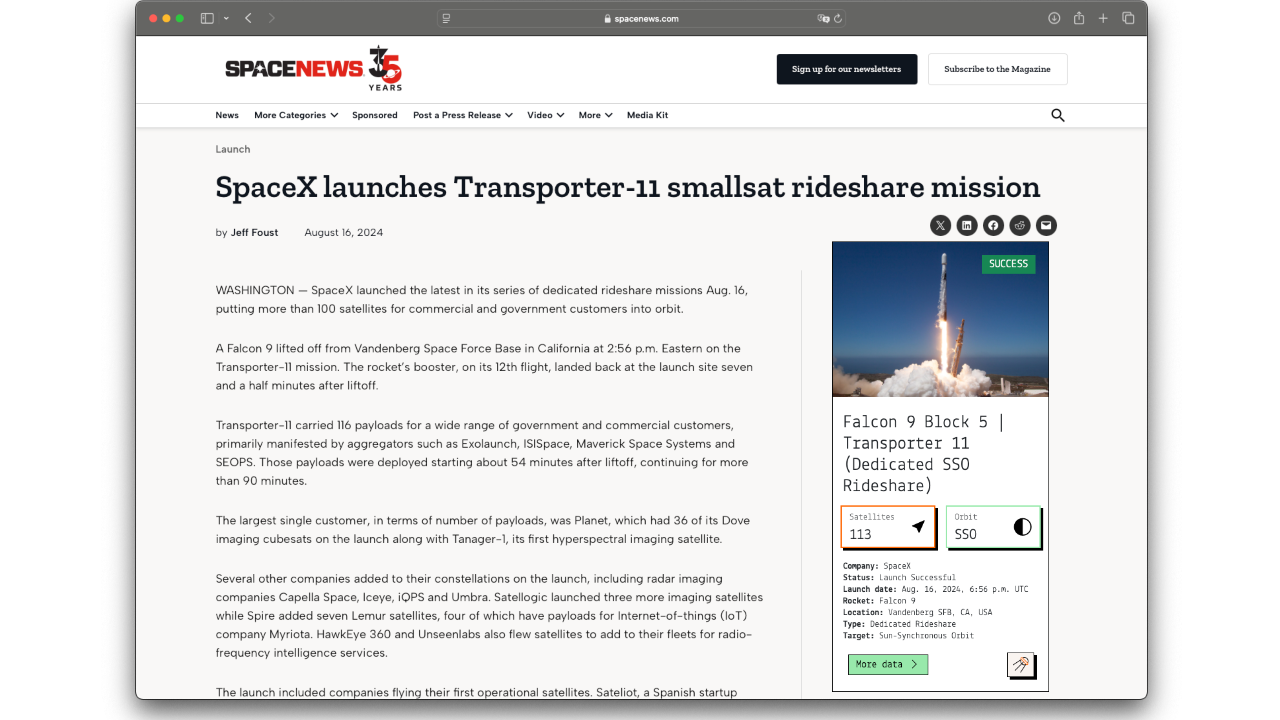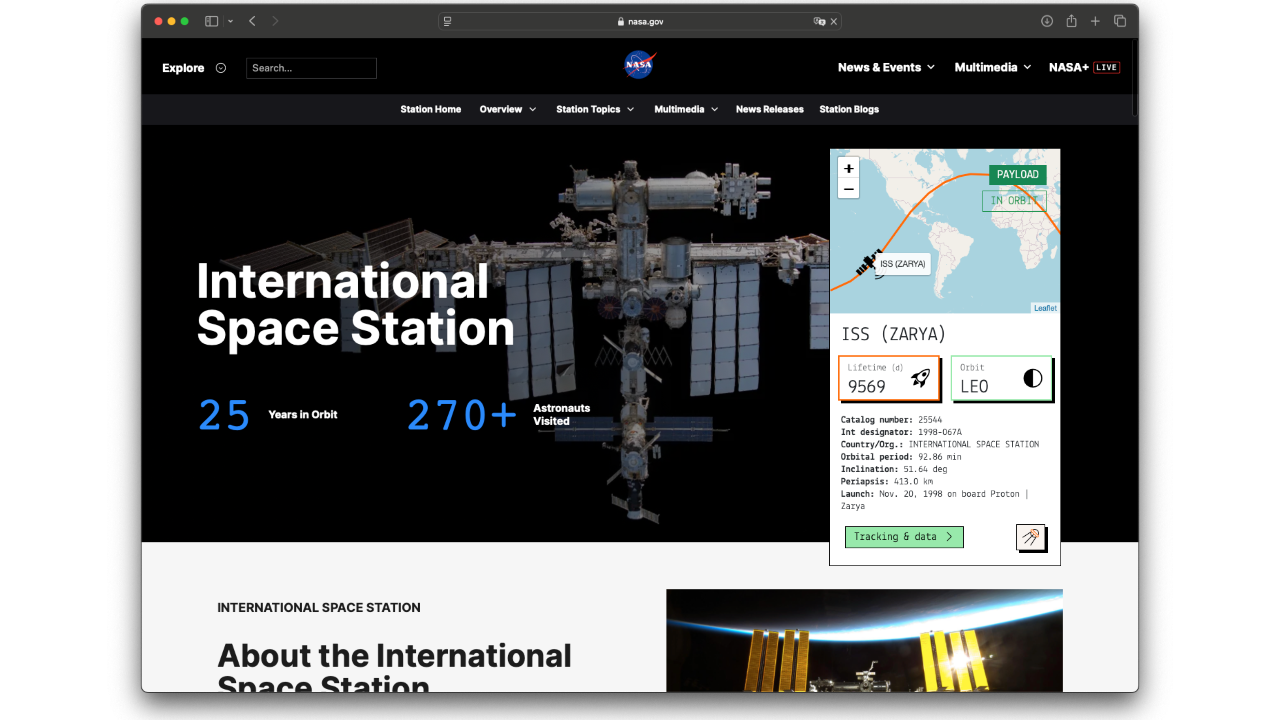Key statistics
Satellite NOAA 10 at a glance.
Uptime
14332
Days in orbit
Revolutions
≈ 14.3
Per day
Orbit
SSO
Sun Synchronous Orbit
Inclination
98.7
Latest
Satellite identification and parameters
Extended collection of information and parameters for NOAA 10.
Object identification
Identified? True
Debris? False
Object name: NOAA 10
International designator: 1986-073A
Object number (NORAD): 16969
Object ID (CCSDS): 16969
Country: UNITED STATES OF AMERICA (US)
Current information (Y/N): Y
RCS size: LARGE
Orbital parameters
Period: 100.763 minutes
Inclination: 98.6911 deg
SMA: 7172.878 km
Apoapsis: 803.347 km
Periapsis: 786.139 km
RAAN: 334.6548 deg
Eccentricy: 0.00119953
Argument of periapsis: 178.7419 deg
Mean anomaly: 217.7506 deg
Mean motion: 14.29099803 rev/day
Mean motion (dot): 0.00000267 rev/day2
B* drag term: 0.00012289215 1/REarth
Two-line elements (TLE)
Creation date: Dec. 12, 2025, 10:14 a.m.
Reference frame: TEME
Reference center: EARTH
Epoch: Dec. 12, 2025, 12:32 a.m. UTC
TLE line 0: 0 NOAA 10
TLE line 1: 1 16969U 86073A 25346.02288182 .00000267 00000-0 12289-3 0 9996
TLE line 2: 2 16969 98.6911 334.6548 0011995 178.7419 217.7506 14.29099803 42685
Live tracking on map
Real-time ground track for satellite NOAA 10.
In-orbit conjunctions
A list of the most updated potential collisions computed for object NOAA 10.
Associated space launch
Fourth generation NOAA meteorological satellite
NOAA 10 was lifted into orbit during the mission ‘Atlas E | NOAA 10’, on board a Atlas E space rocket.
The launch took place on Sept. 17, 1986, 3:52 p.m. from Space Launch Complex 3W.
For more information about the launch, click the button.
Atlas E | NOAA 10
Agency: N/A
Status: Launch Successful
Launch date: Sept. 17, 1986, 3:52 p.m. UTC
Rocket: Atlas E
Launch pad: Space Launch Complex 3W
Location: Vandenberg SFB, CA, USA
...
Latest news about this satellite
There are no fresh news available about this satellite. Check back as we update our databases every day.
Newsletter sign-up
Weekly statistics, charts and insights to help you stay on top of the space industry.




